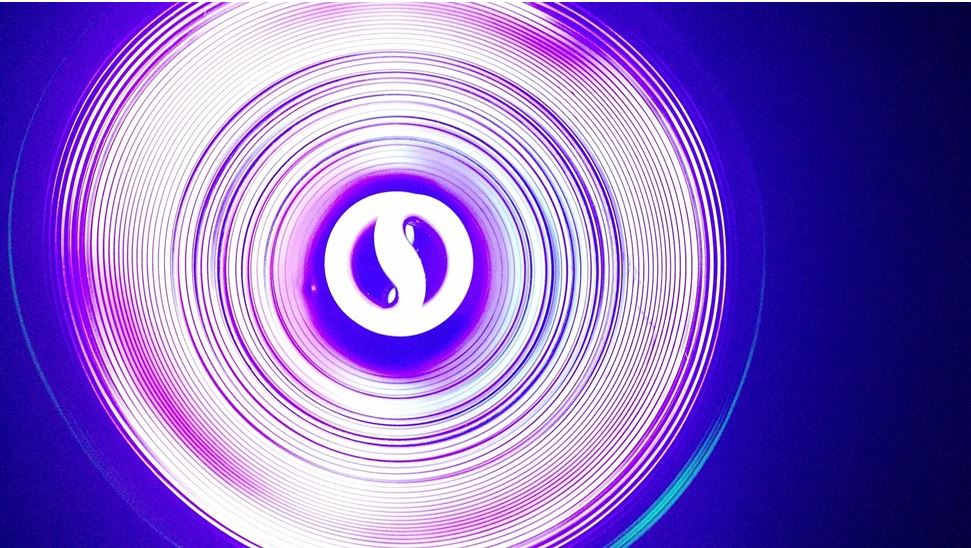In many germ-free or gnotobiotic facilities it is possible to find Biosafety Cabinets with UV lamps.
UV lamps operate in much the same way as fluorescent lamps do. UV radiation is emitted from electron flow through ionized mercury vapor to produce UV energy in most units. The difference between the two lamps is that the fluorescent lamp bulb is coated with phosphorous, which converts the UV radiation to visible light. The UV lamp is not coated, so it transmits the UV radiation generated by the electric arc. (White, 1992).
UV radiation energy waves are the range of electromagnetic waves, 100 to 400 nm long (between the X-ray and visible light spectrums). The division of UV radiation may be classified as Vacuum UV (100-200 nm), UV-C (200-280 nm), UV-B (280-315 nm) and UV-A (315-400 nm). In terms of germicidal effects, the optimum UV range is between 245 and 285 nm (UV-C).
UV disinfection utilizes either: low-pressure lamps that emit maximum energy output at a wavelength of 253.7 nm; medium-pressure
lamps that emit energy at wavelengths from 180 to 1370 nm; or lamps that emit at other wavelengths in a high intensity “pulsed” manner.
At this stage, we can say that the UV model used in biosafety cabinets of germ free and gnotobiotic facilities, is a UV-C lamp, highly effective at penetrating thin-walled germs like viruses and bacteria. The UV light alters the genetic structure of the germs and they die. When working with germ-free or axenic mice we would like to point out that the germicidal lamps are used for disinfecting the interior surfaces of a biosafety cabinet prior to and after use….

Recent Articles
- Gnotobiotic facilities: writing inside isolators 4 April 2022
- Germ-free cage sterilization 24 January 2022
- Microbiota and its importance in aging 25 October 2021
- Procedural diversity and technical choices working with gnotobiotic mice in IVCs. (part 2) 27 September 2021
- Procedural diversity and technical choices working with gnotobiotic mice in IVCs. (part 1) 30 August 2021
DVC – Digital Ventilated Cage for digital vivarium

The DVC® is capable to provide novel insights and enhance animal welfare checks thanks to the automatic data collection directly from the cage level. Specifically designed DVC® board enables different benefits for the researchers and vivarium people.


